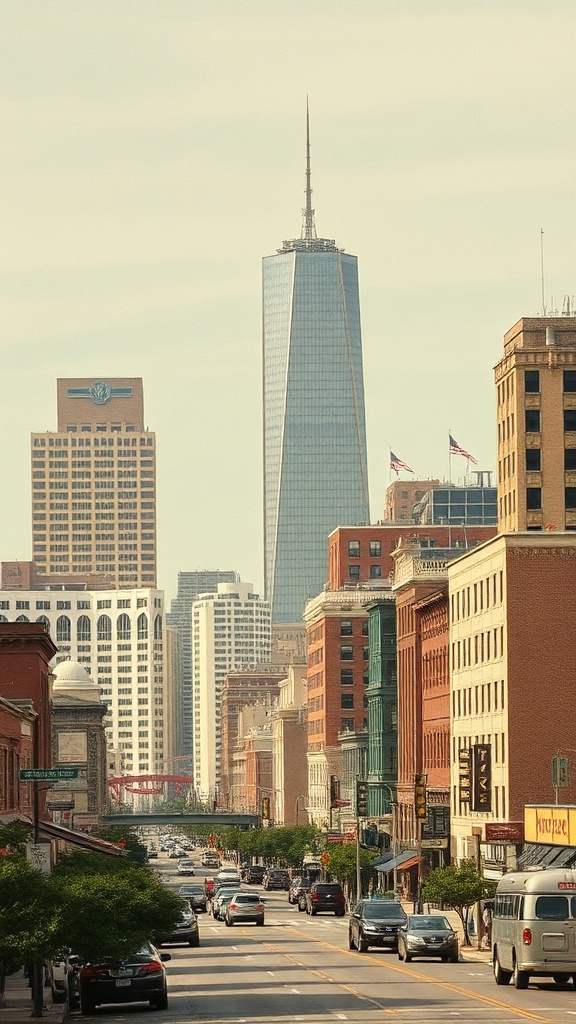Houston’s landscape is changing — not just skyline and neighborhoods, but the way the city manages water, heat, and green space.
As the city continues to grow, a practical and people-centered approach to urban resilience is taking shape: bayou revitalization and green stormwater infrastructure are moving from pilot projects to neighborhood staples.
Why green infrastructure matters in Houston
Houston’s flat topography and expansive impervious surfaces make managing heavy rainfall and urban heat a constant challenge.
Traditional gray infrastructure — pipes and concrete channels — can move water away, but often at the cost of nearby neighborhoods and ecosystems. Green infrastructure works with natural systems to slow, store, and clean stormwater where it falls, reducing flood risk, improving water quality, and cooling city streets.
Visible examples you can visit
Buffalo Bayou Park stands as a high-visibility example of combining recreation with resilience: restored banks, native plantings, and engineered green space create both habitat and flood storage.
Smaller-scale projects across neighborhoods — from rain gardens in retail strips to permeable parking solutions — showcase how green design improves streetscapes while addressing drainage issues.
Practical strategies deployed across the city
– Rain gardens and bioswales: Shallow, planted depressions capture runoff from roofs and pavements, filtering pollutants and reducing peak flows into storm drains.
– Permeable pavements: Porous sidewalks, parking stalls, and alleys let water soak in rather than run off, lowering stress on drainage systems.
– Urban tree canopy: Trees provide shade, store rainwater in soil, and cool neighborhoods through evapotranspiration. Strategic canopy expansion in sidewalks and medians reduces heat islands and energy use.
– Green roofs and cisterns: Vegetated rooftops and rainwater harvesting store precipitation for reuse in irrigation, reduce rooftop temperatures, and lower building energy needs.
– Restored wetlands and floodplains: Reconnecting floodplains to waterways gives rivers room to spread during storms, protecting built areas downstream.
How residents and businesses can take part
– Swap turf for native, drought-tolerant plants: Native landscaping requires less irrigation, supports pollinators, and absorbs stormwater more effectively than typical turf.
– Install rain barrels or small cisterns: Collecting roof runoff for landscape use reduces demand on storm sewers and lowers your water bill.
– Choose permeable materials for driveways and patios: Even a single permeable parking strip or gravel driveway pad can change how water moves on a property.
– Advocate for trees: Organize or join local tree-planting events and support policies that protect mature trees during development.
– Work with neighborhood associations: Small coordinated actions — coordinated street plantings, community rain gardens — amplify benefits.
The economic and social upside

Green infrastructure is an investment: it reduces flood repair costs, raises property values, and creates attractive public spaces that encourage walking and commerce. Equally important, these projects often build community cohesion by involving neighbors in planning and maintenance.
Experience and involvement
Whether you’re exploring a bayou park, volunteering at a neighborhood planting, or converting a patch of lawn into a rain garden, participating in green infrastructure is tangible and rewarding. These solutions make Houston more livable, safer during storms, and more resilient to the climate pressures the city faces today. Consider what small change you can make at home or in your block — collective action is how neighborhoods turn good ideas into lasting change.